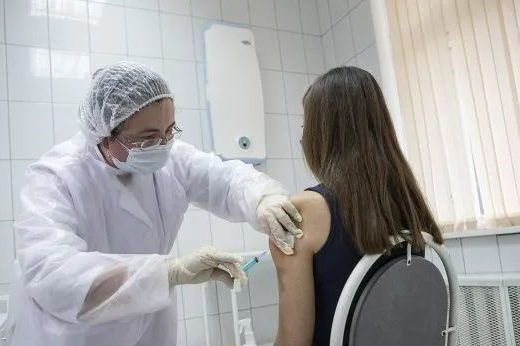According to the website of the Wall Street Journal on December 4, governments are currently competing to obtain a few available vaccines from Western pharmaceutical companies, while China and Russia are trying to fill the gap. Against this background, the race to vaccinate the world’s population against the novel coronavirus is evolving into a stakes contest.
As a result, a fragmented global vaccination effort is likely to proceed at a very different rate. For most people in the world, vaccines will remain out of reach for months, and it may take years for the poorest countries to reach their entire population.
According to the report, Europe and the United States have concluded dozens of competing bilateral contracts with pharmaceutical manufacturers, but the initial supply will be very limited. This means that the options will be very limited until at least the first quarter of next year.
This week, the UK approved the first vaccine in the West, which raised hope that other major Western candidates may soon cross the finish line. However, the leading candidate vaccines use new technologies that are difficult to scale. Whether and how fast the U.S. and EU can vaccinate most nationals will depend in part on whether other vaccines using more traditional platforms are safe and effective.
The report also said that at the same time, poorer and less powerful countries are largely marginalized and rely on agreements with a network of public health institutions supported by Moscow, Beijing or the World Health Organization.
Russia and China have signed bilateral agreements to distribute vaccines in the Middle East and Latin America.
In addition to Europe and the United States, the world’s poorest countries are also pinning their hopes on the Geneva-based Global Alliance for Vaccines and Immunization, which has raised $2 billion to vaccinate up to 20% of the population in about 92 developing countries. But the coalition’s WHO-backed vaccine efforts rely heavily on AstraZeneca Pharmaceuticals, which has ordered 300 million doses of the company’s vaccine.
According to the report, Seth Berkeley, CEO of the Global Alliance for Vaccines and Immunization, said that even if the vaccine proves to be effective, it is likely to exceed the demand in the near future.
According to an AFP report in Washington on December 3, Modena announced on the 3rd that it plans to supply 100 million to 125 million doses of coronavirus vaccine in the first quarter of 2021, most of which will be supplied to the United States.
Modena said in a statement that about 85 million to 100 million doses of vaccine will be distributed to the United States in the first quarter of next year, and the remaining 15 to 25 million doses of vaccine will be distributed by countries around the world.
The report also said that U.S. officials had previously said that they expected the United States to distribute 40 million doses of vaccine by the end of this year, including another vaccine developed by Pfizer Pharmaceutical Co., Ltd. and German Biotechnology Company. Based on the estimate of two doses per person, there may be 20 million people in the United States by the end of 2020.
In addition, according to the website of Russia on December 4, Moscow began to vaccinate volunteers against the novel coronavirus on December 5.
Moscow will open electronic vaccination registration on December 4. At this stage, the registered population is medical staff, educators and social service personnel. In the first few hours of opening registration, more than 5,000 people have submitted applications.
According to the report, there are 70 vaccination stations in Moscow and equipped with the latest refrigeration equipment. This is not only for direct vaccination, but also to provide the necessary conditions for storing the “satellite V” coronavirus vaccine.
Russian President Putin instructed Vice Prime Minister Golikova on the 2nd to launch a large-scale coronavirus vaccination from next week.



